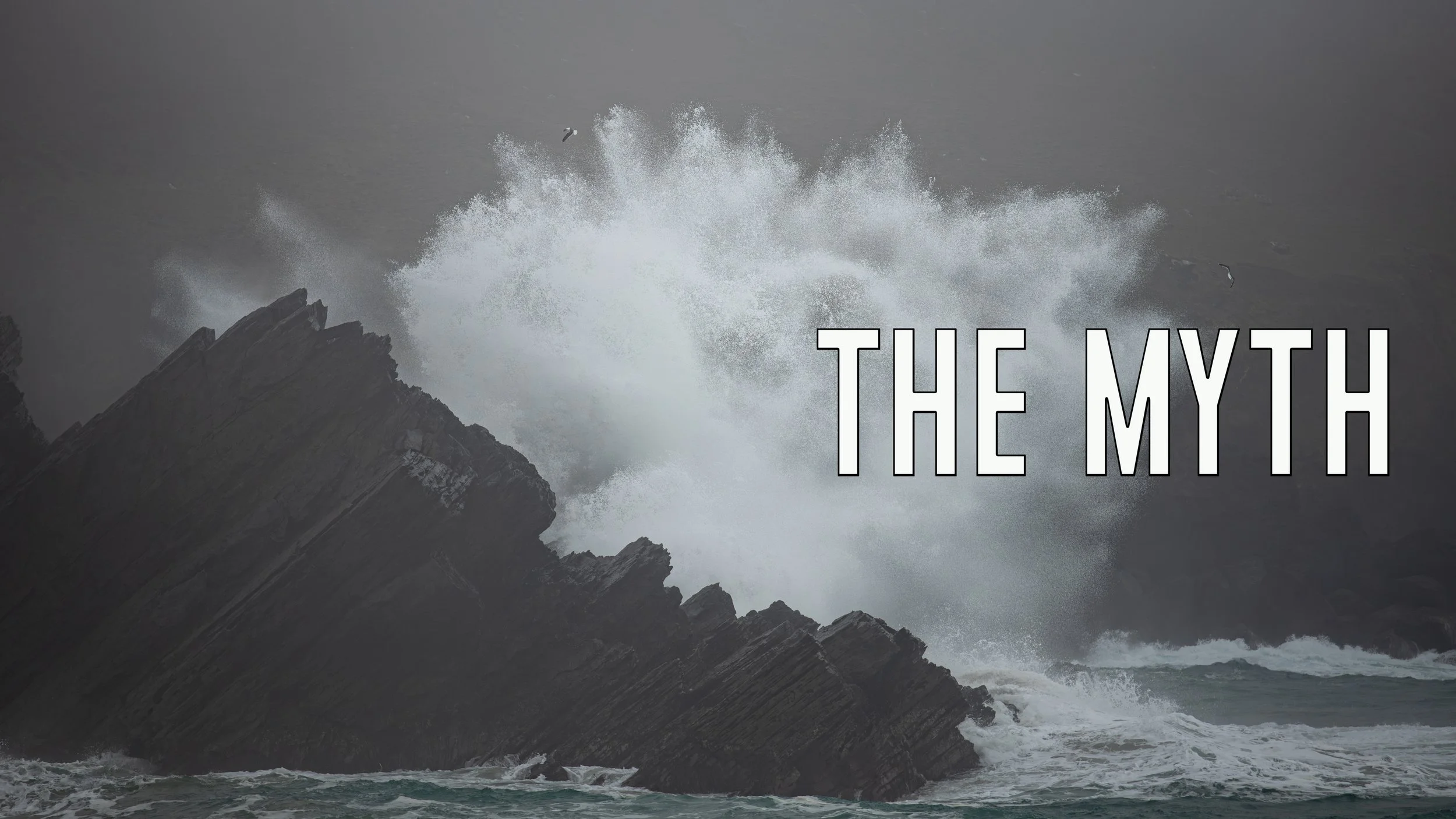The Biggest Myth in Landscape Photography
The Myth of Perfect Composition in Landscape Photography
Composition is one of the most talked-about aspects of landscape photography. You hear it everywhere: follow the rule of thirds, use leading lines, balance your frame. These principles are undeniably useful, but the problem is that they are often treated as absolutes rather than guidelines. The idea that there is a single "perfect" composition is one of the biggest myths in landscape photography, and today, we are going to break it down.
The Problem with Rules
Photography composition rules are taught for a reason—they help beginners understand structure, balance, and visual harmony. However, many photographers become rigid in their application, believing that deviating from these rules leads to weaker images. The truth is, composition is more subjective than it is often made out to be. Some of the most compelling photos break traditional rules entirely, prioritising emotion and storytelling over conventional structure.
Take the rule of thirds, for example. While it can help create balanced and aesthetically pleasing images, some of the most striking photographs deliberately place the subject dead centre or use asymmetric framing to create tension and intrigue. Similarly, leading lines can direct the viewer’s eye, but sometimes an off-kilter, chaotic composition better conveys the mood of the scene.
Context Matters More than Rules
The biggest flaw in the idea of "perfect composition" is that it ignores context. A scene’s lighting, subject matter, and emotional impact should dictate how you compose your shot, not an arbitrary rule. In landscape photography, nature doesn’t always conform to ideal compositional guidelines. Harsh weather, unexpected light, or a unique perspective can make a "rule-breaking" composition far more engaging than a textbook example.
For example, shooting a stormy seascape with dramatic crashing waves might work better with an unbalanced, chaotic composition that conveys the energy of the scene. Meanwhile, a peaceful, symmetrical mountain reflection might benefit from a more traditional, centred composition. The key is to assess each situation individually and compose based on the feeling you want to evoke.
Embracing Imperfection
Another overlooked aspect of composition is that landscapes are naturally imperfect. Unlike studio photography, where you control every element, landscapes are unpredictable. Trees may not align perfectly, rocks may clutter the foreground, and light might fall unevenly. Instead of fighting these imperfections, embrace them. These elements add authenticity and character to your shot.
Many great landscape photographers intentionally include imperfections—whether it's a lone tree slightly off-centre, an uneven horizon, or a shadow cutting across the frame. These elements create uniqueness, making an image stand out in a sea of textbook compositions.
Finding Your Own Style
Rather than chasing a so-called "perfect" composition, focus on developing your own eye for what makes a compelling image. Experiment with different framing, test unconventional angles, and observe how composition affects the emotional response to your work. Over time, you’ll develop an instinct for what works best in different situations, rather than mechanically applying rules.
Finally
The myth of perfect composition can limit creativity and prevent photographers from fully expressing our vision. While composition guidelines are valuable, they should be treated as flexible tools rather than strict formulas. Every landscape is unique, and your approach to composition should be, too. So next time you're in the field, trust your instincts, experiment, and remember that sometimes the "wrong" composition is exactly what makes an image unforgettable.
Would love to hear your thoughts! Do you strictly follow composition rules, or do you prefer to experiment? Drop your opinions in the comments below.
You can watch my thoughts on this topic in the video below also




